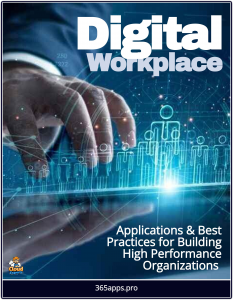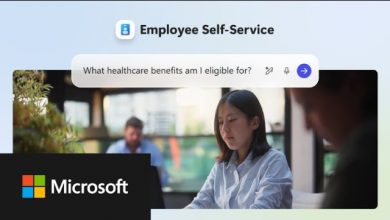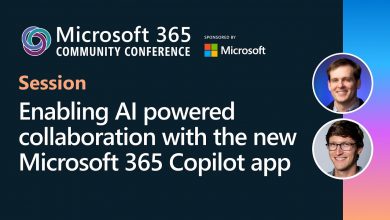 In an era defined by rapid technological advancement and evolving workforce expectations, the digital workplace has emerged as a cornerstone of organizational success.
In an era defined by rapid technological advancement and evolving workforce expectations, the digital workplace has emerged as a cornerstone of organizational success.
A well-executed Digital Workplace strategy transcends mere technology adoption—it orchestrates a seamless integration of applications, processes, and human potential to drive unparalleled performance.
This book explores how organizations can strategically configure the ideal combination of digital tools to empower collaboration, enhance productivity, and foster innovation.
By blending practical frameworks, real-world case studies, and actionable insights, *Architecting the Future* equips leaders, IT professionals, and change-makers with the blueprint to transform their workplaces into dynamic, high-performance ecosystems.
Whether you’re navigating hybrid work models or aiming to unlock your organization’s full potential, this book will guide you in building a digital workplace that not only adapts to change but thrives in it.
High Performance Organization
While working together is a foundational element of any functional group, elite teams—those that consistently outperform expectations and deliver extraordinary results—go far beyond mere cooperation.
They tap into a deeper set of principles, practices, and mindsets that elevate them from good to exceptional.
In this article Microsoft explores “Redefining High Performance in the New Era of Work”, sharing key insights on what makes organizations high-performing (HPOs) in today’s hybrid work environment, shaped by the pandemic and AI advancements.
Based on Microsoft research, including a survey of 1,100 leaders across the US, Asia, Europe, and Latin America, and feedback from over 3 million employees at 226 public companies, the article highlights that only 15% of organizations consistently meet at least six of ten performance indicators, qualifying them as HPOs.
These organizations excel in financial performance, productivity, and employee engagement. The article identifies three mutually reinforcing pillars of high performance:
- Engaged Employees: Motivating employees to deliver sustained individual performance.
- Productive Teams: Building team behaviors and infrastructure for effective results.
- Resilient Culture: Fostering adaptability and innovation to navigate challenges.
AI is highlighted as a key tool to overcome barriers like employee burnout (36%), inefficient work culture (36%), overburdened managers (33%), tedious tasks (31%), and skill gaps (29%). HPOs are more likely to invest in AI for employee experience use cases (50% vs. 39% for typical organizations) and to address skill gaps (42% vs. 28%).
A Microsoft study of 30,000 people showed a tripling of time spent in Teams meetings since 2020, with inefficient meetings as the top productivity disruptor, and 64% of workers struggling with time and energy, impacting innovation.
The article emphasizes a broader definition of performance beyond financial metrics, including team collaboration (44%) and resilience (41%). It suggests that AI can enhance productivity, reduce tedious tasks, and foster engagement, creating a virtuous cycle for organizational success.



